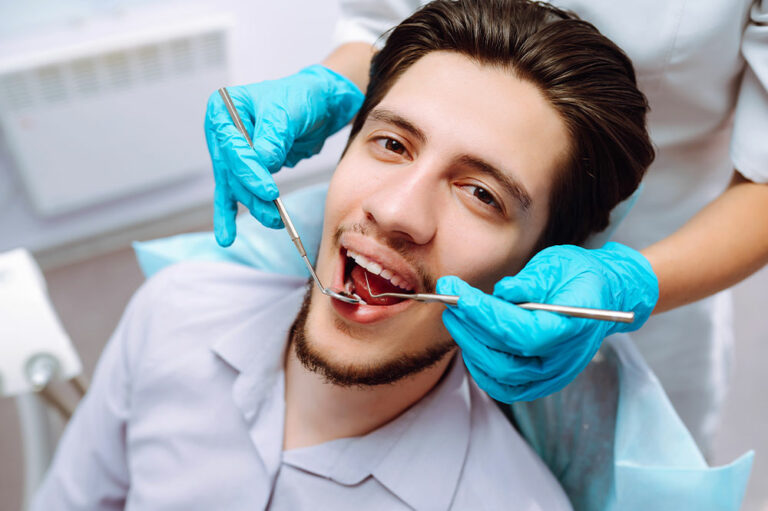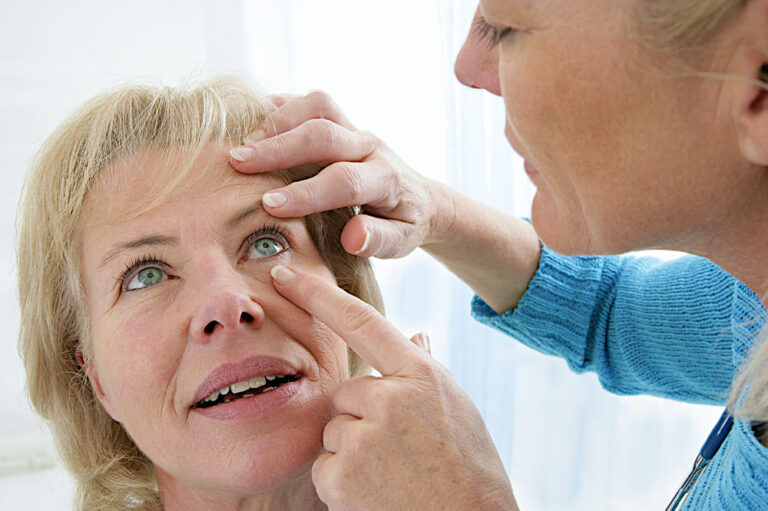
6 common mistakes to avoid while waxing at home
At-home hair removal is the go-to solution for many who want to save the time and money it takes to go to a salon. But, certain mistakes in the process not only result in a waste of time, money, and energy but also cause discomfort. For instance, while waxing at home, one needs to be patient and avoid rushing the process to prevent issues like missing patches of hair, ingrown hair, rashes, redness, and pain.
1. Skipping the patch test
When waxing at home, if one is trying a new wax or all-in-one waxing strip, they should do a patch test. This will help one determine if the product is safe for their skin. All one has to do is apply the wax or use the strip on a tiny patch of skin and wait for 48 hours to see if the skin reacts to the product. If not, one can go on and use the product on their body. This simple trial allows one to avoid full-fledged allergic reactions.
2. Not prepping the skin
Just grabbing the wax or wax strip and getting started without any prep is a big mistake to avoid. Prepping the skin can minimize discomfort in the process. If the wax is applied to greasy or dirty skin, it will be unable to stick to the hair. To avoid this issue, it is important to shower before the waxing session. A hot shower or bath is a better choice, as it will open up the skin pores, making it easy to get rid of body hair. But, one should ensure the skin is not wet before applying the wax. The skin could also become damp due to sweat, which can again make it difficult for the wax to stick to the hair.
3. Getting the timing wrong
Planning waxing sessions ensures one leaves enough room between each session for the hair to grow. So, if considering exclusively waxing at home, one should schedule sessions by taking into account the speed of hair growth. Not timing the sessions correctly can cause some problems. For instance, waxing too frequently means the hair hasn’t had time to grow, so it won’t stick to the wax, leading to wastage of product. Alternatively, waiting too long before waxing again can make the experience painful, as there would be a lot of full-grown hair to remove. So, one should plan the sessions based on hair growth instead of just waxing whenever one has free time.
4. Shaving or trimming between sessions
When considering a new hair removal technique, one may be concerned about the length of hair. For instance, before waxing, one might be tempted to trim or shave the hair to make hair removal easier. However, this can be a mistake, as trimming the hair too short can make it difficult for the wax to stick to the hair. Sometimes, shaving between waxing sessions can make waxing more painful. A good rule of thumb is to wait about two weeks for the hair to grow after it has been shaved, and even longer between each waxing session. Letting the hair grow to a quarter of an inch makes it easy to remove.
5. Skipping aftercare
Just as the skin needs to be prepped before waxing, it should get some care after each session. Leaving the skin vulnerable for long periods after a wax can lead to bumps and rashes and, in some cases, increased ingrowth. To prevent these issues, one should exfoliate the skin periodically. However, one should avoid overdoing it. Ideally, one should exfoliate a few times a week to ensure they do not have to deal with ingrown hair or uneven skin. Exfoliating will ensure the skin is clean and free of dead skin cells. But it is crucial to wait for 24 to 48 hours after waxing to exfoliate the skin, as exfoliating right after a wax can also cause rashes. The skin might already be vulnerable to irritation after waxing so one should avoid harsh exfoliation. One should also try to wear loose, breathable clothing and moisturize their skin after waxing to prevent irritation. It is best to avoid swimming and hot baths after waxing.
6. Improper technique
If at-home hair removal or waxing is not producing desirable results, it is possible that it isn’t being done right. The proper waxing technique is applying the wax in the direction of the hair growth. The next step is to remove the wax in the opposite direction in a swift manner. Slowly peeling the wax or strip will not offer enough force to pull the hair out. Not to mention, doing so will result in the hair breaking during the pull. Also, if one pulls in the wrong direction the wax won’t lift the hair up and out. So, it is important to first check the hair growth pattern before getting started with the wax application and pulling and then pull in the opposite direction. One should also practice extra caution when waxing the underarms and intimate areas, as they can be painful to wax if done improperly.







